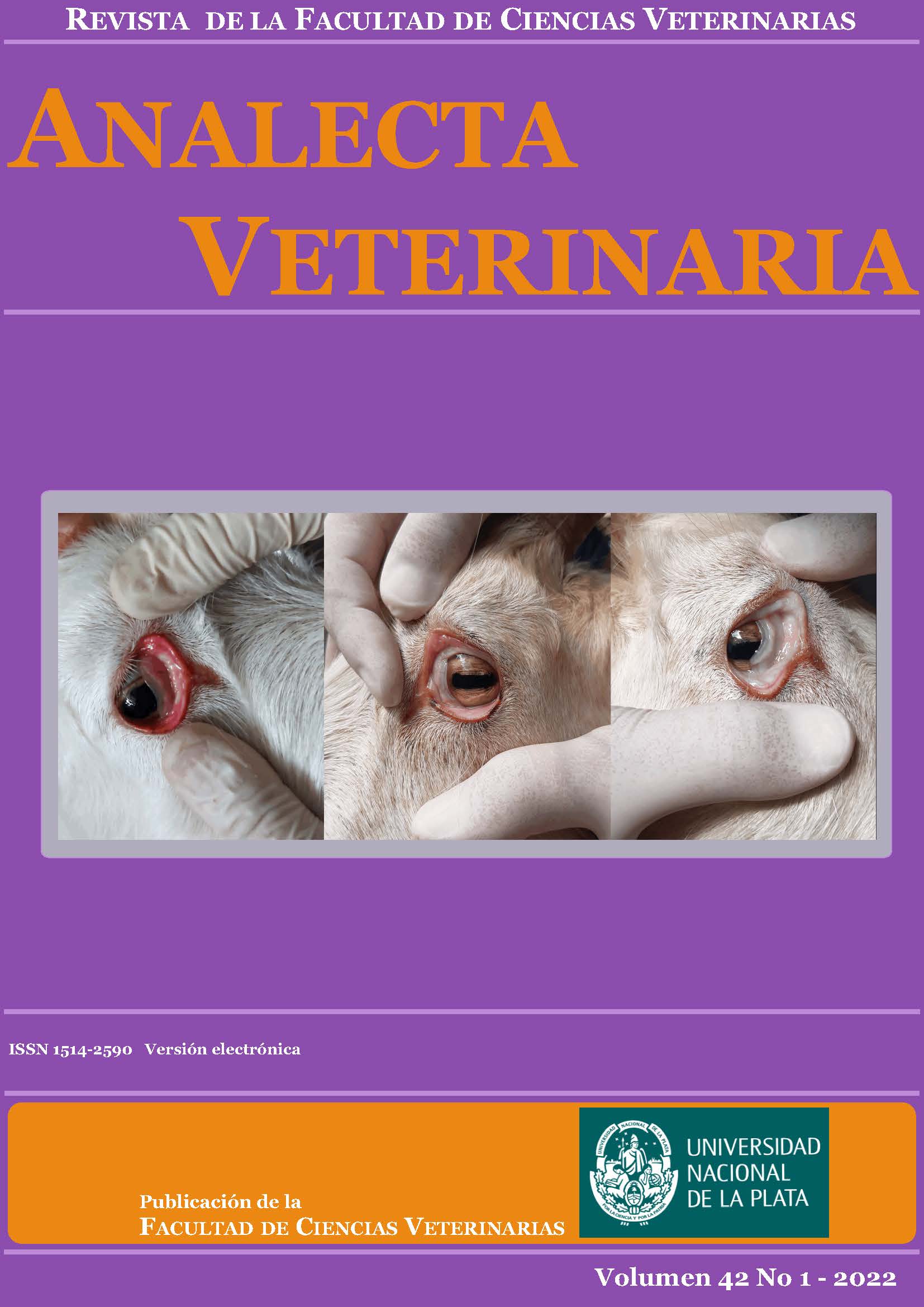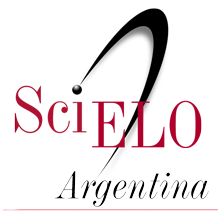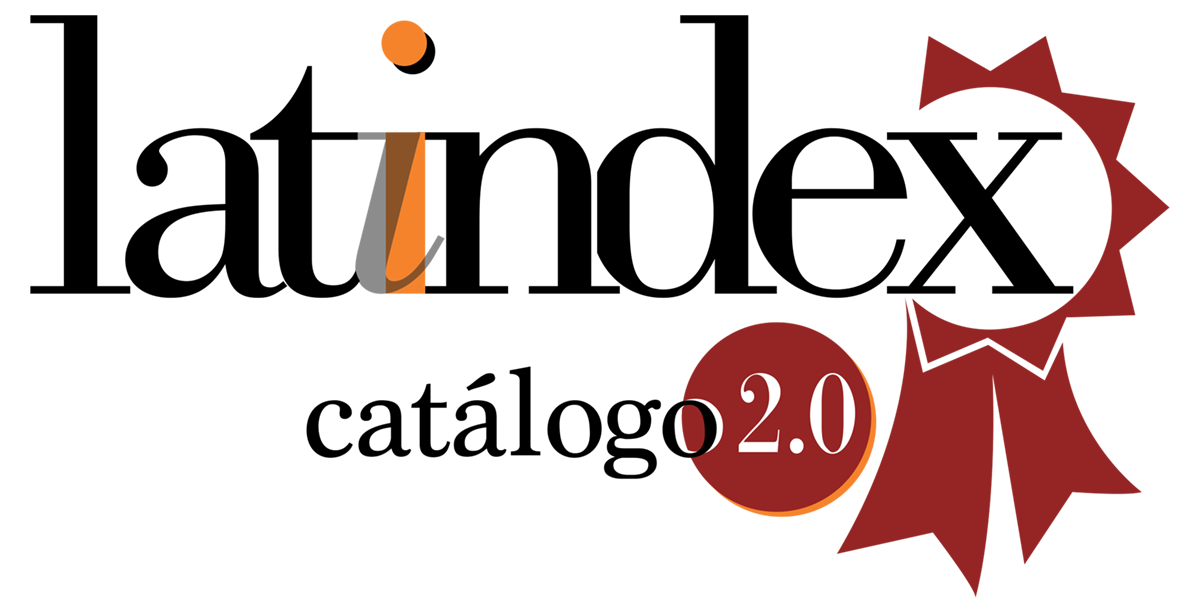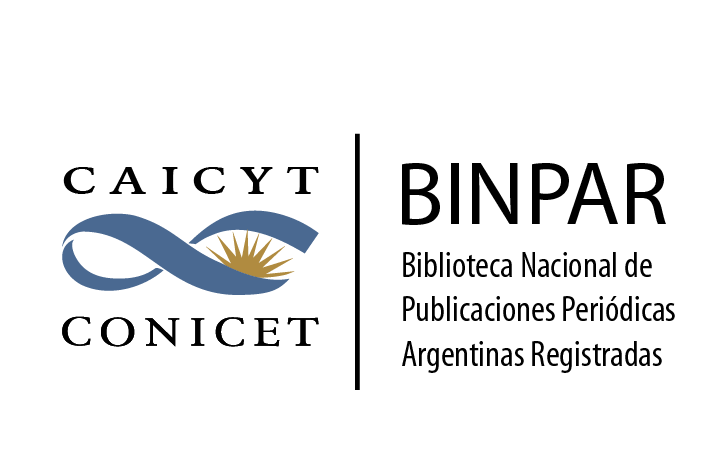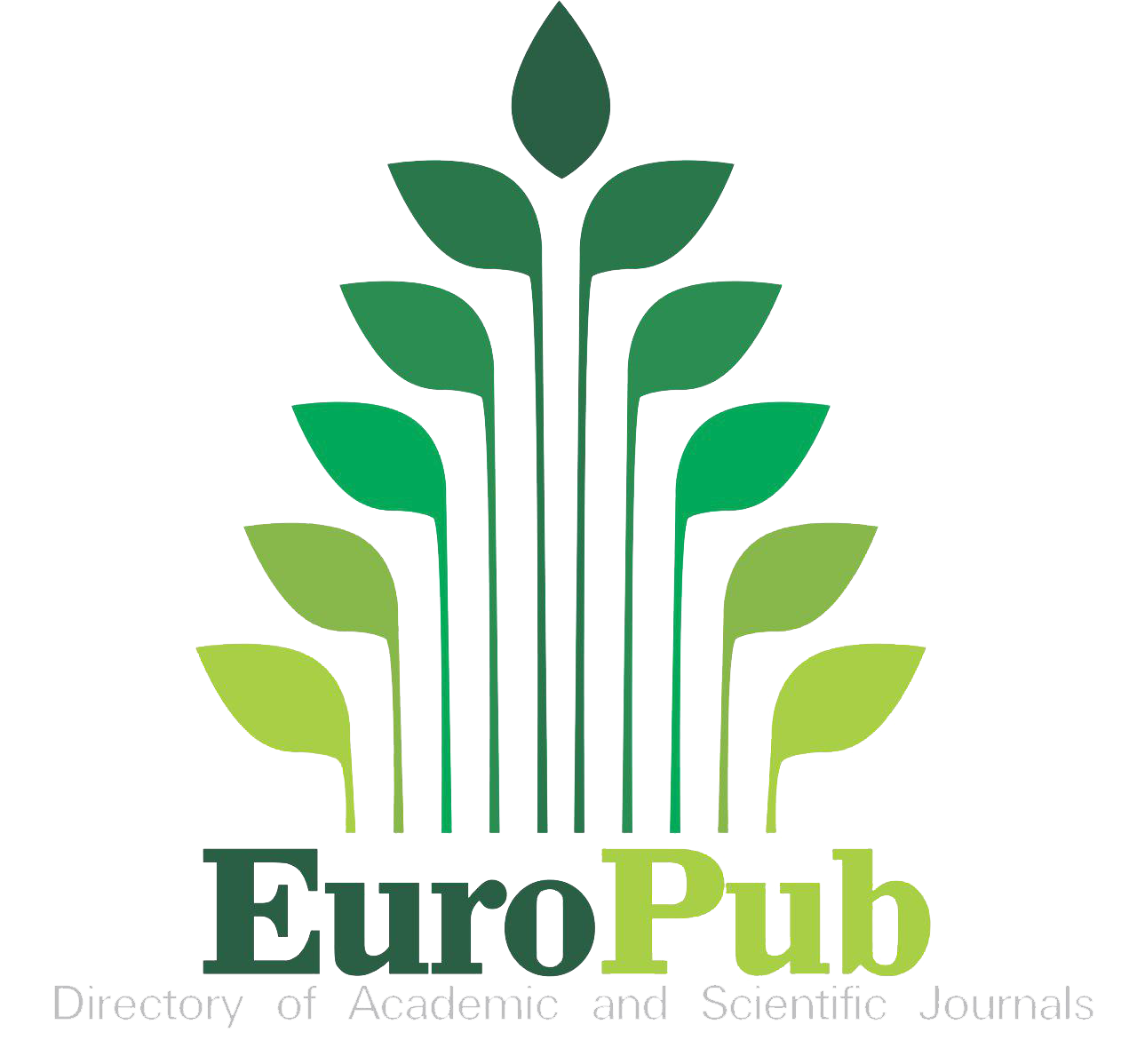Yolk:albumen ratio in eggs from laying hens of three genotypes for semi-intensive systems
DOI:
https://doi.org/10.24215/15142590e064Keywords:
nonlinear regression, dynamic behaviour, Brody function, exponential decay model, free-range hensAbstract
The dynamic behaviour of the yolk: albumen ratio was studied in eggs from hens of the three-way cross Campero Casilda compared to Negra INTA and Rhode Island Red. Eggs (n=15) were randomly collected from each genetic group every four weeks between 26 and 70 weeks of age. The proportions of yolk and albumen and the relationship between them were calculated. Yolk proportion and yolk albumen ratio data as a function of age were adjusted with the Brody function and albumen proportion with analyzed using an exponential decay model. Campero Casilda eggs showed a similar proportion of yolk to Negra INTA at the beginning and a higher one at the end of the productive cycle. Rhode Island Red presented the lowest proportion of yolk, the highest proportion of albumen and the lowest yolk: albumen ratio. The lowest albumen proportion and the highest yolk albumen ratio corresponded to Campero Casilda while Negra INTA showed intermediate values of both traits. The higher content of total solids in Campero Casilda eggs constitutes a comparative advantage in terms of nutritional value, a relevant feature when considering the human population with unsatisfied basic needs to which this genotype is particularly destined.
Downloads
Metrics
References
Bendezu HCP; Sakomura, NK, Malheiros EB, Gous RM, Ferreira NT, Fernandes JBK. 2018. Modelling the egg components and internal cycle length of laying hens. Animal Production Science. 59(3):420-26. https://doi.org/10.1071/AN17215
Bonino M. 1997. Pollo Campero. Protocolo para la certificación. INTA Pergamino.
Dottavio AM, Canet ZE, Faletti C, Álvarez M, Font MT, Di Masso RJ. 2005. Yolk:albumen ratio in experimental hybrid layers with different paternal genotype. Archivos de Zootecnia. 54(205):87-95.
Drewnowski A. 2010. The nutrient rich foods index helps to identify healthy, affordable foods. American Journal of Clinical Nutrition. 91(4):1095s-101s. https://doi.org/10.3945/ajcn.2010.28450D
Ferreira NT, Sakomura, NK, de Paula Dorigam JC, Pereira da Silva E, Gous RM. 2015. Modelling the egg components and laying patterns of broiler breeder hens. Animal Production Science. 56(7):1091-8. https://doi.org/10.1071/AN14737
Harms RH, Hussein SM. 1993. Variations in yolk albumen ratio in hen eggs from commercial flocks. Journal of Applied Poultry Research. 2(2):166-70. https://doi.org/10.1093/japr/2.2.166
Hartmann C, Johansson K, Strandberg E, Wilhelmson M. 2000. One-generation divergent selection on large and small yolk proportions in a White Leghorn line. British Poultry Science. 41(3):280-6. https://doi.org/10.1080/713654930
Icken W, Looft C, Schellander K, Cavero D, Blanco A, Schmutz M, Preisinger R. 2014. Implications of genetic selection on yolk proportion on the dry matter content of eggs in a White Leghorn population. British Poultry Science. 55(3):291-7.
https://doi.org/10.1080/00071668.2014.917272
Mine Y, Kovacs-Nolan J. 2004. Biologically active hen components in human health and disease. The Journal of Poultry Science. 41(1):1-29. https://doi.org/10.2141/jpsa.41.1
Nys Y, Sauveur B. 2004. Valeur nutritionnelle des œufs. INRAE Productions Animales. 17(5):385-93.
Réhault-Godbert S, Guyot N, Nys Y. 2019. The golden egg: nutritional value, bioactivities, and emerging benefits for human health. Nutrients. 1(3):684. https://doi.org/10.3390/nu11030684
Romera BM, Martines A, Advínculo SA, Fernández R, Librera JE, Canet ZE, Dottavio AM, Di Masso R.J. 2020. Curva de postura de gallinas Campero Casilda de primer ciclo. Revista FAVUNRC Ab Intus. 6(3):36-46.
Shafer DJ, Carey JB, Prochaska JF, Sams AR. 1998. Dietary methionine intake effects on egg component yield, composition, functionality, and texture profile analysis. Poultry Science.77(7):1056-62. https://doi.org/10.1093/ps/77.7.1056
Zhu W, Zhang J, He K, Geng Z, Chen X. 2020. Proteomic analysis of fertilized egg yolk proteins during embryonic development. Poultry Science. 99(5):2775-84. https://doi.org/10.1016/j.psj.2019.12.056
Zuk YO, Park C. 2001. Effect of breed and age of hens on the yolk to albumen ratio in two different genetic stocks. Poultry Science. 80(7):855-8. https://doi.org/10.1093/ps/80.7.855
Published
How to Cite
Issue
Section
License
Copyright (c) 2022 Bernardo Martin Romera, Cristian Hernán Perrotta, Juan Pablo Savoy, Alejandra Edith Antruejo, Zulma Edith Canet, Ana María Dottavio, Ricardo José Di Masso

This work is licensed under a Creative Commons Attribution-NonCommercial-NoDerivatives 4.0 International License.
Authors retain the copyright and assign to the journal the right of the first publication, with the with the terms of the Creative Commons attribution license. This type of license allows other people to download the work and share it, as long as credit is granted for the authorship, but does not allow them to be changed in any way or used them commercially.

Analecta Veterinaria by School of Veterinary Sciences, National University of La Plata is distributed under a Creative Commons Attribution-NonCommercial-NoDeriv 4.0 International License.

